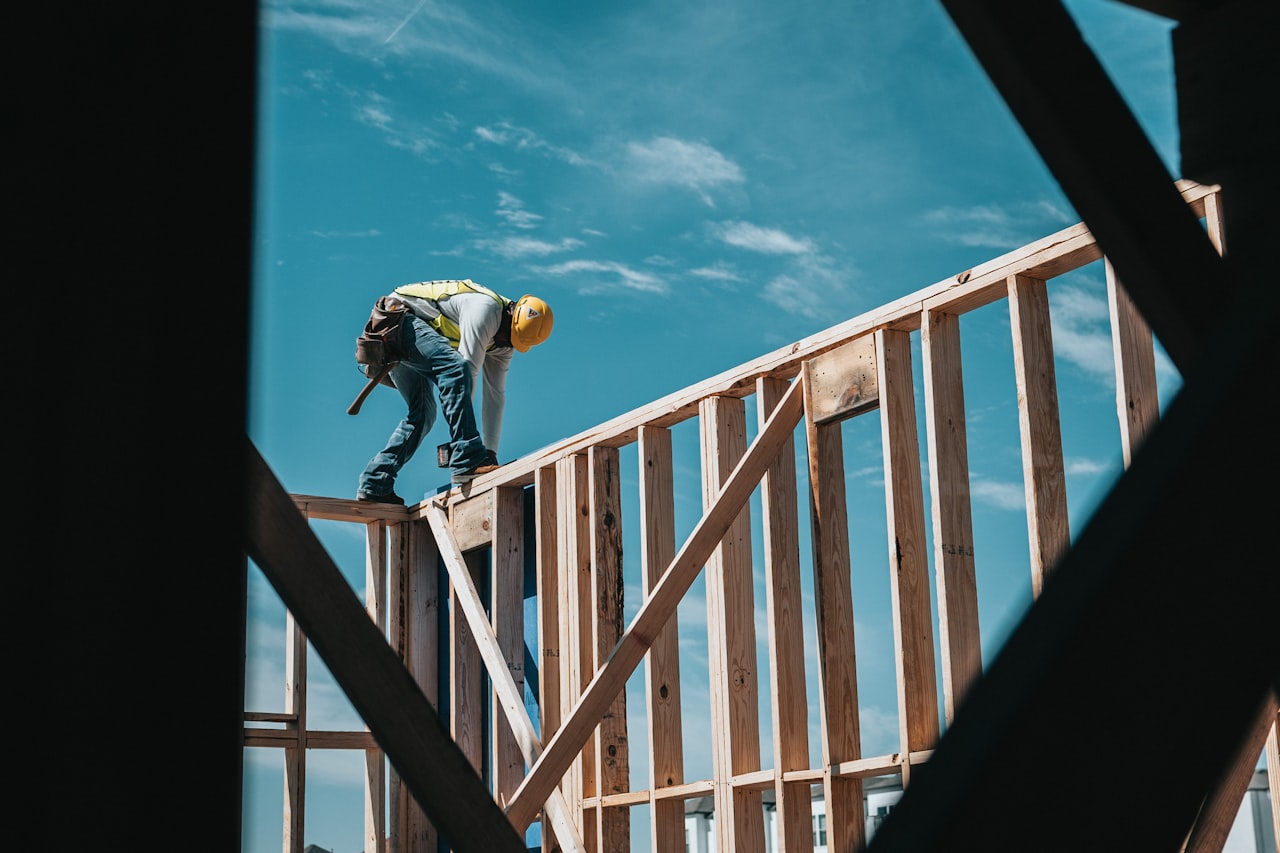Identifying Hidden Red Flags When Buying a House


When embarking on the exciting journey of purchasing a new home, it's crucial to approach the process with a discerning eye. While a property may appear ideal on the surface, there could be hidden red flags that might impact your investment and living experience. Let's delve into essential considerations to identify potential issues before sealing the deal:
Start your assessment from the ground up. A solid foundation is fundamental to a home's stability. Look for any visible cracks, uneven floors, or doors that don't close properly, as these could be indicators of underlying structural issues.
Water damage is a pervasive concern that can lead to structural problems and health hazards. Check for water stains on ceilings or walls, musty odors, and visible mold. Leaks and water-related issues might be hiding behind fresh paint or strategically placed furniture.
An outdated or faulty electrical system poses safety risks and can lead to costly repairs. Ensure that the wiring is up to code, outlets are functioning correctly, and there are no signs of electrical hazards, such as flickering lights or tripping circuit breakers.
Undetected plumbing issues can result in leaks, water damage, and mold growth. Test faucets, check for water stains around sinks and toilets, and inspect for any signs of plumbing leaks. A thorough examination of the water heater's condition is also essential.
A well-maintained roof is crucial for protecting your investment. Look for missing or damaged shingles, signs of water damage in the attic, and the overall age and condition of the roof. A neglected roof can lead to extensive damage and costly repairs.
Investigate the neighborhood thoroughly. Consider factors such as crime rates, proximity to amenities, and the overall safety of the area. Researching the neighborhood can provide insights into your future living experience.
Pests can cause significant damage and pose health risks. Look for signs of infestations, such as droppings, gnaw marks, or unusual odors. A professional inspection can reveal hidden pest issues that might not be apparent during a casual viewing.
Ensure a clear title by conducting a comprehensive title search. Unresolved liens or title issues can lead to legal complications and financial burdens. Consulting with a real estate attorney can help uncover potential legal encumbrances.
Verify that any recent renovations were conducted with proper permits. Unpermitted work may not meet safety standards and could lead to challenges when selling or refinancing the property in the future.
Research current market conditions and property values in the area. Overpriced homes might be a red flag, and understanding the local real estate market will help you make an informed decision.
In conclusion, a meticulous inspection and research process are essential when purchasing a home. Recognizing and addressing these red flags early in the buying process can save you from potential headaches and financial setbacks in the future. Always consider seeking professional guidance, such as hiring a certified home inspector, to ensure a comprehensive evaluation of the property. Remember, an informed buyer is an empowered buyer in the real estate market.
Stay up to date on the latest real estate trends.









You’ve got questions and we can’t wait to answer them.